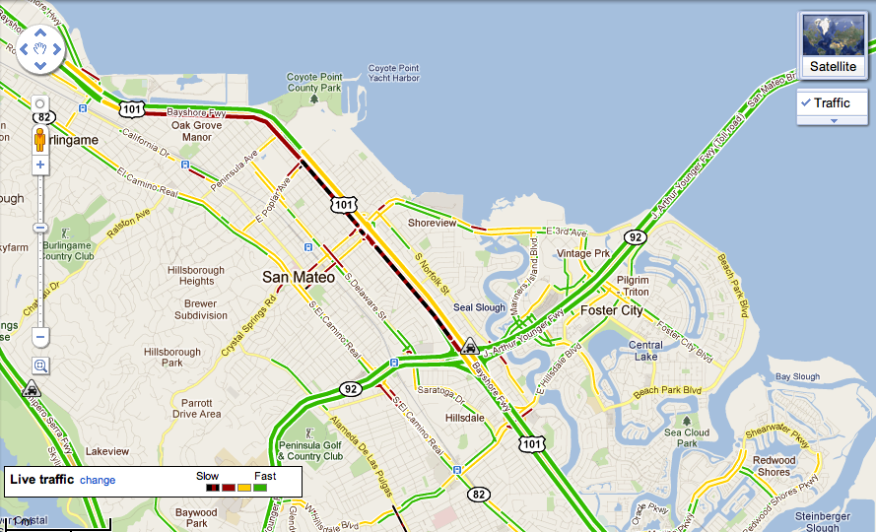
Disaster Management Manual
A manual for practitioners and decision makers!

Disaster Management Manual
A manual for practitioners and decision makers!
The use of ITS during disaster management operations serves the user of the transport system by providing more reliability and comfort for individual mobility along with more effective operations and decision-making for the operator of the transport system. The overall function of ITS is to improve the operation of the entire transport system - often in real time – for transport network controllers, travelers, shippers, and other users.
ITS deployment is influenced by commercial interests and policy initiatives at the international, national, regional, and local levels – which impact on the business practices of stakeholders in the public or private sector.
ITS provides a flexible approach to addressing common transport problems – one that emphasizes the use of information, optimal decision-making, and a high level of system adaptability. This compares with the more traditional approach of building additional road infrastructure and adding physical capacity. ITS offers alternatives to meeting future travel demand in situations where conventional approaches may not work – for example, in heavily built-up locations or in areas subject to stringent environmental regulations.
More specifically, ITS includes a variety of tools, such as sensing, communications, and computing technologies which can be applied in an integrated way to the transport system to improve its efficiency, safety, sustainability, and the resilience of network operations in the events of serious disruption.
ITS has the potential to relieve some of the most difficult problems that affect road transport today. In general, ITS applications have the capability to:
ITS can also make travel more convenient by providing travelers with accurate and timely information about the traffic conditions on the network and available transport options. Navigation applications such as Google Maps (Figure 4.5.1.1) provide travelers information related to congestion and crashes in real time to improve daily commutes.
It can also foster economic growth in a region by improving mobility, enhancing travel time reliability, and reducing energy consumption.

Many ITS applications have a role to play in effective road network operations – the aims of which include:
In general, ITS applications that are designed to improve the efficiency, safety, and/or sustainability of road networks are the applications most frequently adopted. Examples include:
The concept of connected autonomous vehicles is becoming feasible and gaining support – and will have major implications for road network operations – which will need full evaluation. Connected vehicle technology enables vehicles to “talk” to each other by use of in-vehicle or aftermarket devices that continually share safety and mobility information (Figure 4.5.1.2).

All road users – including drivers and passengers, pedestrians and cyclists – across all modes of road transport – including private cars, buses, coaches and commercial vehicles – can benefit from greater use of ITS. For example, ITS applications support: